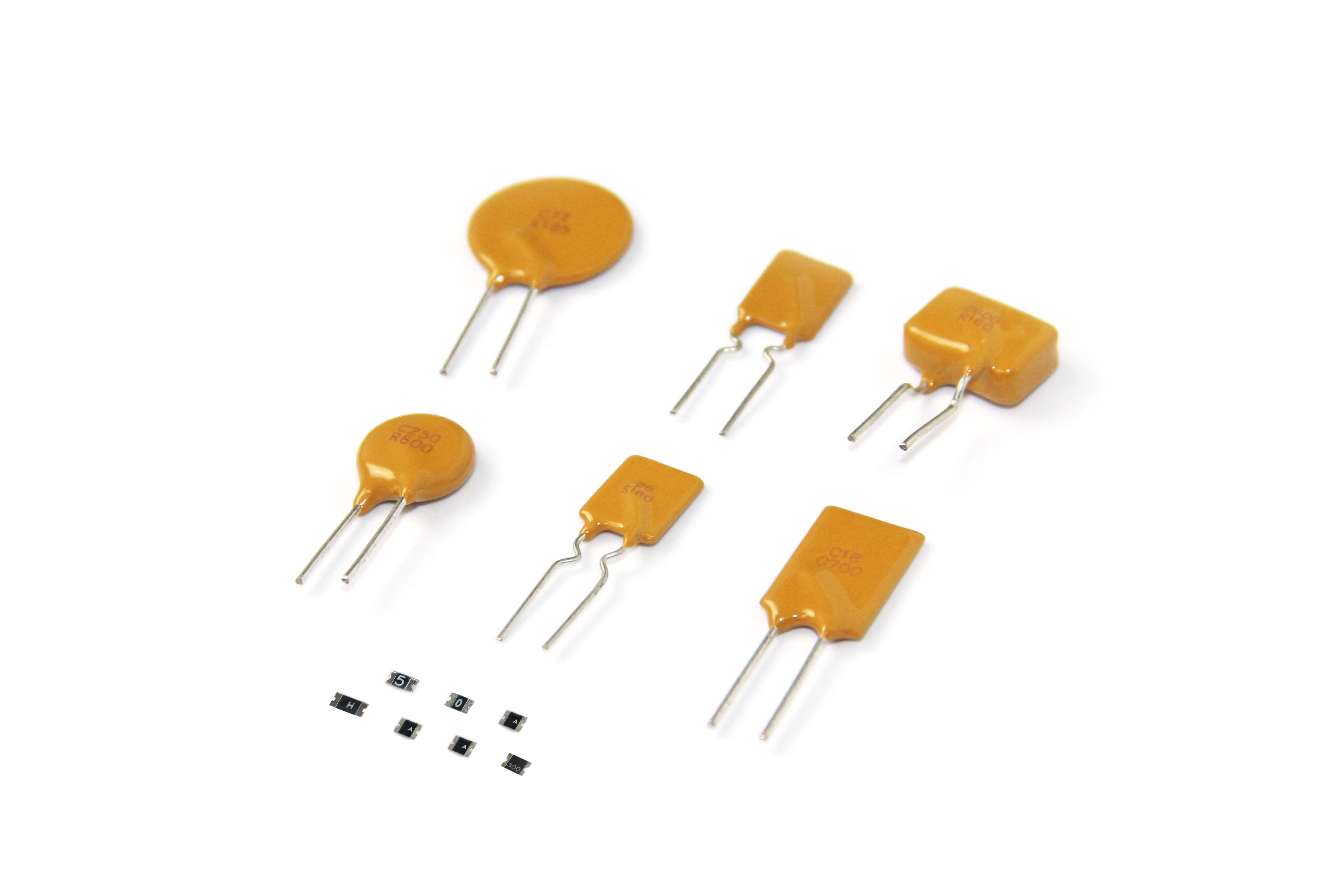The basic principle of plasma formation involves matter being heated high enough to ionize it, dissociating electrons from atoms or molecules to form free electrons and positively charged ions.
![jpg jpg]()
Main steps in formation
1.1Heating: A substance is heated to a sufficiently high temperature.High temperatures can be provided in the form of electric shock, high-energy light, or heat.
1.2Ionization: high temperature makes the atoms or molecules of the substance gain enough energy to cause ionization.In this process, electrons bound to atoms or molecules are dissociated to form free electrons and positively charged ions.
1.3Electric neutrality: In the plasma, electrons, ions and neutral atoms collide and interact with each other, maintaining the overall electric neutrality.
1.4Self-sustaining and structure: Plasma is self-sustaining, that is, electrons and ions move freely under the action of electric field without external driving force.After the plasma is formed, various structures can be formed, such as plasma cloud, plasma beam, etc. These structures play an important role in plasma physics and applications.
Plasma exists both in nature and in laboratories, such as solar plasma, flame plasma, discharge plasma, etc.Due to its unique physical properties, plasma has a wide range of applications in the fields of plasma physics, nuclear fusion research, semiconductor manufacturing, lighting, plasma processing, and plasma medicine.
Typic uses of high-denstty plasma cloud
2.1Physical research: High-density plasma clouds can be used to study the physical properties and behaviors of plasma, such as the interaction of electrons and ions in plasma, particle heating and transport, plasma fluctuations, etc.These studies are of great significance for understanding the basic principles of plasma physics and for developing new plasma applications.
2.2Plasma processing: High-density plasma clouds can be used for plasma processing, such as plasma etching, plasma deposition, and plasma polymerization.Plasma processing is a commonly used material processing technology, which can be precisely controlled at the micro-nano scale, and is used to prepare microelectronic devices, optical devices, biochips, etc.
2.3Fusion Research: High-density plasma clouds are also important for studying nuclear fusion.In nuclear fusion experiments, hydrogen plasma needs to be heated to a high temperature and maintained at a high density to achieve nuclear fusion reactions.The generation of high-density plasma clouds can provide the conditions required for nuclear fusion reactions and provide a basis for research and development of nuclear fusion technology.
In short, the use of high-density plasma clouds can carry out experiments and applications in the fields of plasma physics research, plasma processing and nuclear fusion research, and promote the development of plasma science and technology.
In tunnel blasting, the plasma cloud of the metal can create a potential difference.This is because during an explosion or high current, a large amount of charge moves through the metal causing a potential difference.
In order to solve the problem of potential difference, some measures can be taken:
3.1Grounding: By connecting the metal plasma cloud to the ground, the charge can be released to the ground and the potential difference can be reduced.Grounding can be achieved by introducing a conductive material connected to the ground wire or by using specially designed grounding devices.
3.2 Shielding and isolation: Use insulating materials to shield and isolate the metal plasma cloud to isolate it from other objects and the environment, reducing the spread of potential differences and the risk of discharge.
3.3Power management: In tunnel blasting, reasonable management of power supply and current flow can also reduce the potential difference.For example, controlling the magnitude and direction of the current ensures an even distribution of charge.


















